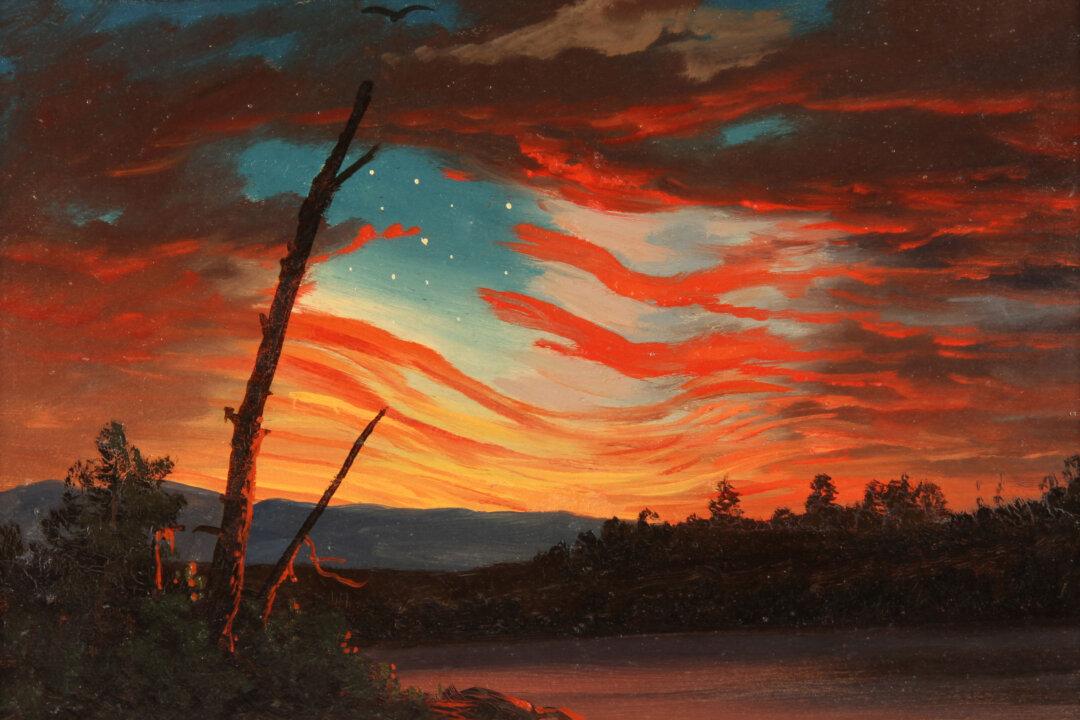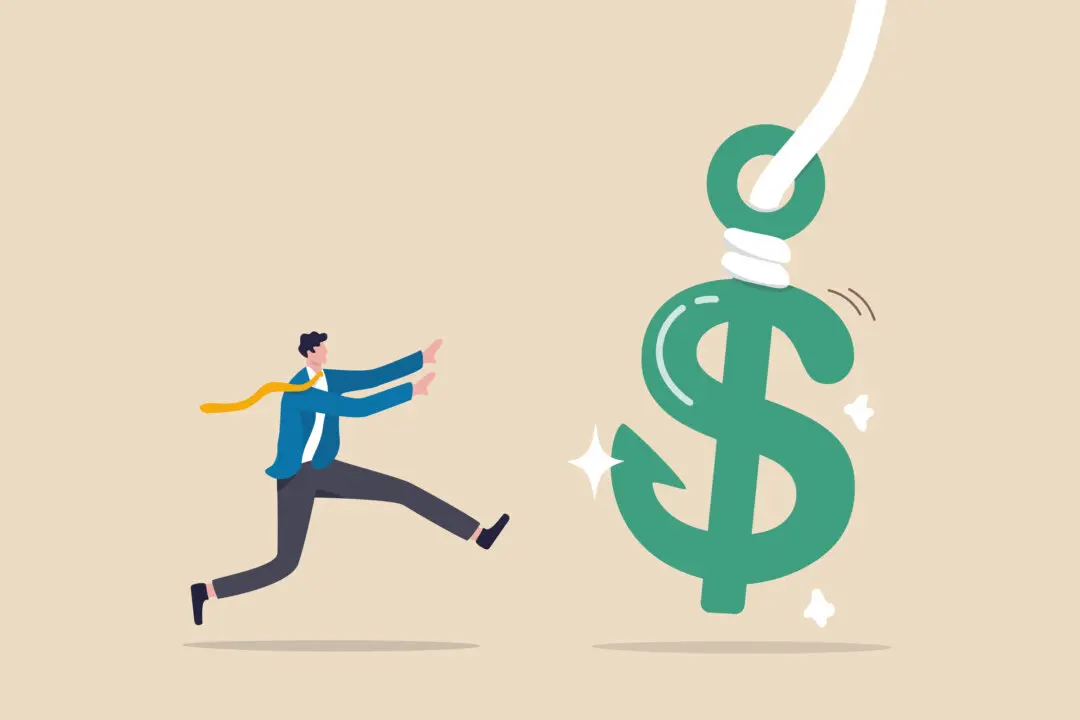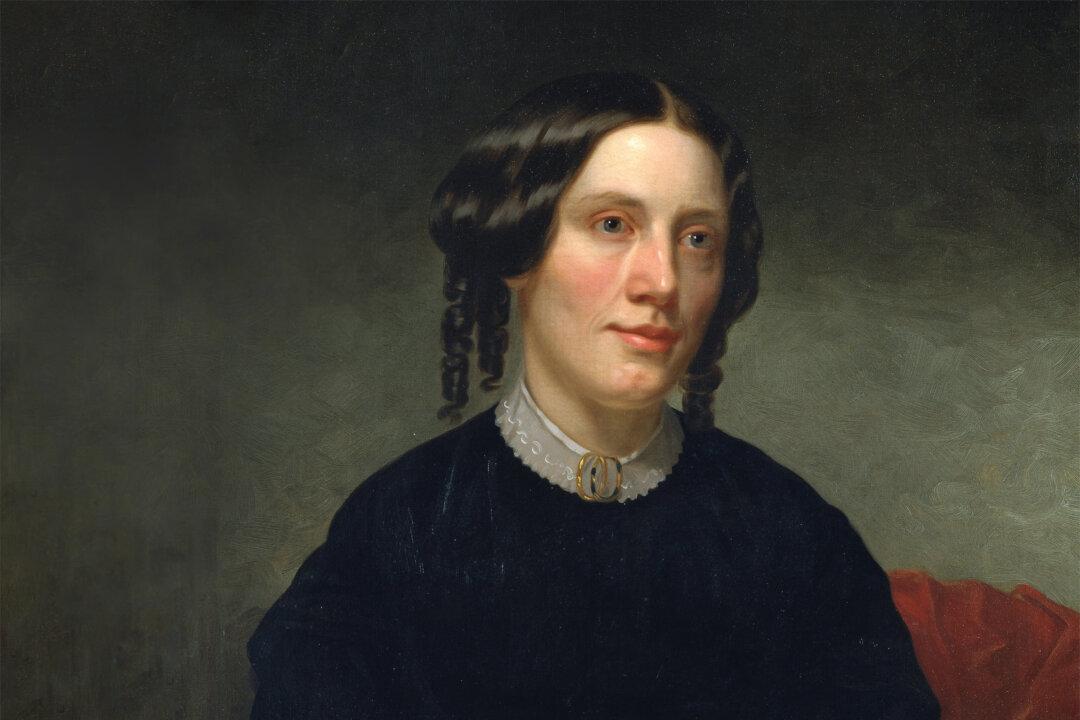You may have never heard of the illustrator Ellen Clapsaddle, but odds are you’ve seen her work.
In 1907, the Universal Postal Congress declared that users could write a message on the left side of the back of a postcard. Until then, only an address was allowed on these cards. That same year, the U.S. Congress complied with this declaration by allowing for message space. From that date to 1915, when World War I interrupted mail delivery between warring countries, is today known as the “Golden Age of Postcards.”






